Celebrating Spring with Wild FoodsI know without a doubt that spring is here in Southwest Wisconsin because the ramps have arrived, and that is fantastic news! If you are unfamiliar with ramps, they are a wild allium, that have a flavor resembling onion and garlic. They have a white and sometimes pink stalk like a scallion, with wide, flat green leaves. Ramps grow on shaded forest floors, usually on a hillside that is on a North-facing slope. In recent years, foraging ramps has become more popular in the culinary world, so being careful while wild-crafting is extremely important to ensure we are able to enjoy these for many years to come. Read my previous post here for more on sustainable harvesting of these tasty treasures (and another great ramp recipe!). If you don't have access to a rural area where ramps are available, or are unfamiliar with foraging, you may also be able to find ramps at higher-end grocery stores or health food stores depending on where you live. Whether you forage or buy ramps, cooking with them is a reason to celebrate, as it is one of the first wild foods that emerges after a long winter. With a short growing season and only harvesting a small amount per year, I hold ramps very near and dear to my heart and always look forward to cooking with them in the Spring. How do You Use Ramps?You can use ramps like you would most other herbs or alliums, such as onions and garlic. You can harvest only the green, leafy tops or use the whole ramp, including the white bulb, much like you would with scallions. I like to throw them into sauces and pastes, pickle the stems and even put the green tops on pizzas or toasted sandwiches. One of my favorite ways to use ramps is in chimichurri, an Argentinian sauce that would typically be put on grilled meats like flank steak or chicken. Chimichurri is full of fragrant herbs blended into olive oil, so it is akin to the Argentinian version of a pesto. I love this on all sorts of grilled, roasted or slow-cooked meat--beef, pork, chicken and fish all pair beautifully with this herbaceous blend-- and it is even delicious on eggs. This comes together easily in a blender or food processor and takes very little time and is truly our house favorite when it comes to sauces. If you don't have ramps available where you live or you want to make chimichurri outside of ramp season, you can easily substitute scallions, diced red onion or even a few garlic scapes if they are in-season. Wild Ramp Chimichurri
Makes ~2 cups Ingredients: 4-6 ramps, chopped (or sub 1 cup chopped scallion or red onion) 1 bunch cilantro, chopped--about 2 cups) 1 bunch flat leaf parsley, chopped--about 2 cups 4 cloves garlic, diced 1/2-1 jalapeno pepper, diced (can use more pepper or try a hotter pepper if you like more spice) Zest and juice of 1 lime 2 Tbs red wine vinegar 1 Tbs dried oregano 2 tsp dried basil 1 1/2 tsp sea salt 1/2 tsp smoked paprika 1/4 tsp black pepper 1/2-3/4 cup olive oil Directions: 1. In a blender or food processor, pulse together all of the ingredients except for the olive oil, until the mixture has become roughly chopped. 2. With the blender running, drizzle in the olive oil until the mixture comes together into a smooth paste. If you want a thicker paste, use about 1/2 cup of olive oil, or increase this to 3/4 cup for a thinner sauce. 3. Taste and adjust seasoning as desired. Transfer to a jar and refrigerate until ready to use, where it will keep for 2 weeks in the fridge. Alternately, you can make a double batch and freeze extra to use later.
2 Comments
When people are looking to heal their digestion, the first place they tend to look is food. Don't get me wrong, I believe that nutrient-dense, traditional foods are one of the keys to achieving and maintaining gut health. However, it is just as essential to understand that there are so many other ways to help your gut that are not centered around nutrition, and that these areas must be addressed when we look to start on a gut-healing protocol. This holistic understanding of the gut-healing process can be a relief to many who find this journey to be an uphill battle with food. While healing diets and changing our food choices can help our microbiome and other digestive health factors, this excessive focus on what we do or don’t eat can often make us too focused on or even afraid of food. Elimination diets, though very useful, can also limit our dietary choices so much that we can end up with nutrient deficiencies or an overly-restrictive, unenjoyable diet, continuing this negative cycle. Also, we often find that just changing the diet--even to a seemingly “perfect” one--doesn’t quite get the job done when it comes to gut healing. There is hope offered, then, as well look at ourselves in a zoomed-out, whole-person way; as we look to heal our gut, we can find comfort in the fact that, in addition to a wonderfully healing diet, there are other ways we can help ourselves to improve digestive function, microbiome diversity, and more. I encourage you to look through my past writing to dig deeper into foods and supplements that can help with healing digestion, but I’m here today to offer some simple ways that you can start sending your gut a little love today, no special diet or even supplements required. These are all things you can do at-home with little to no extra tools required, helping to empower you in taking charge of your gut health. Here are my top 10 (Non-Food, Non-Supplement) Tips |
Brine & Broth
I am a gut health-focused nutritionist and online health coach based in Southwest Wisconsin. My recipes and philosophies center around traditional, nutrient-dense foods that support robust gut health. Archives
May 2022
Categories |
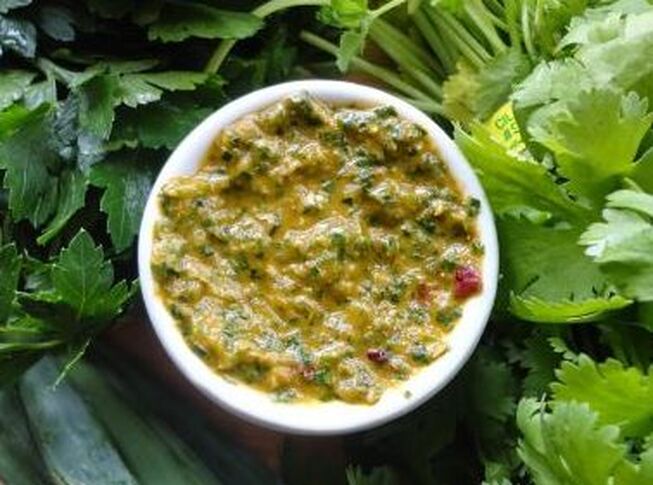
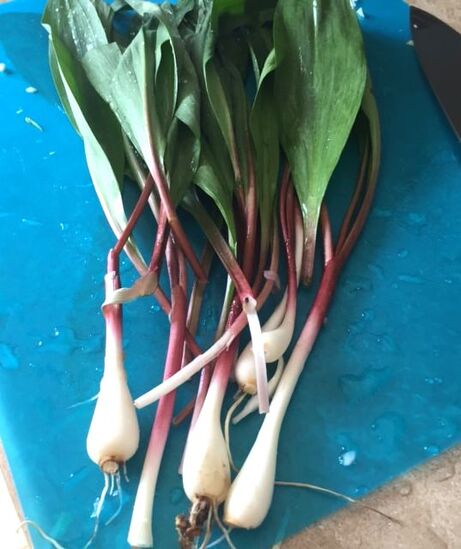
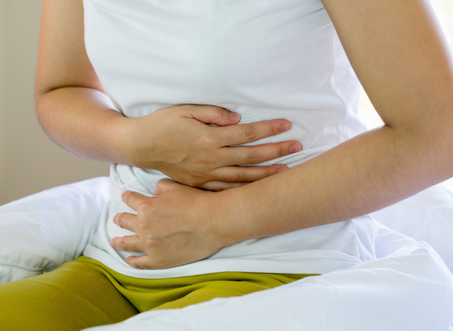

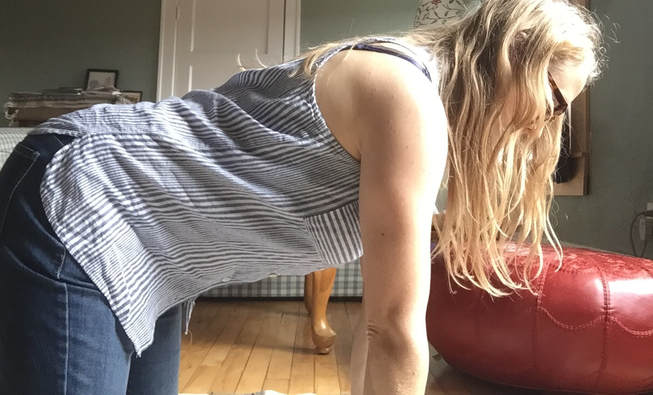

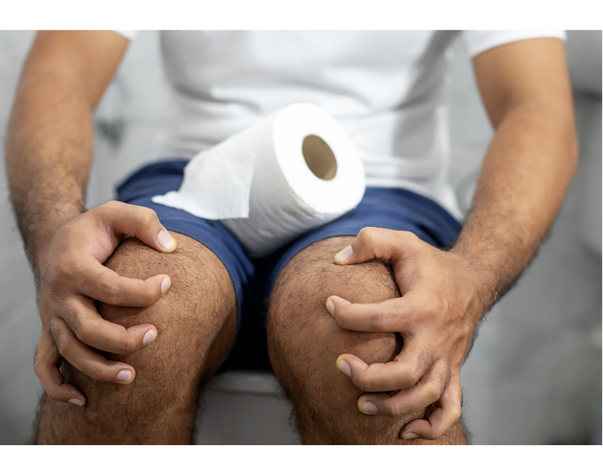

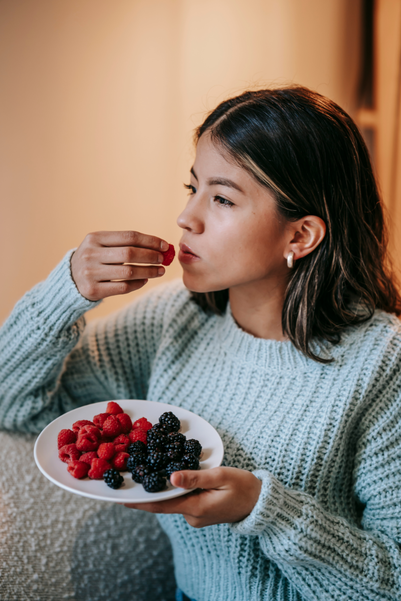


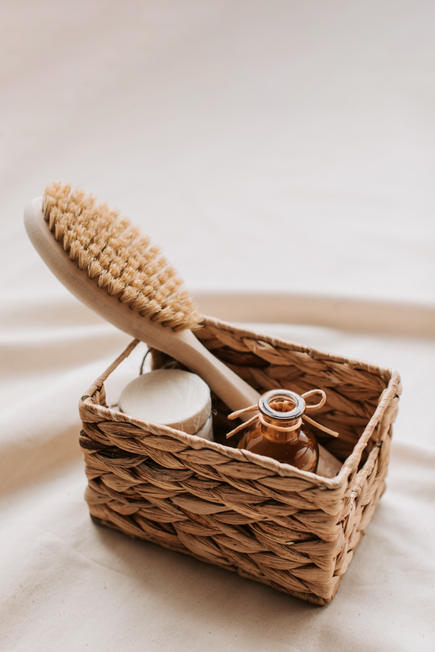
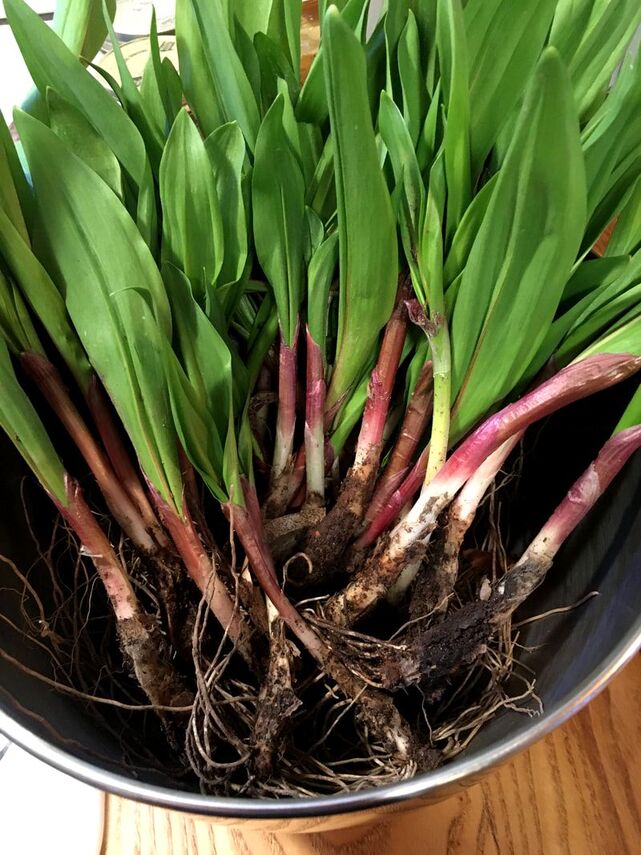

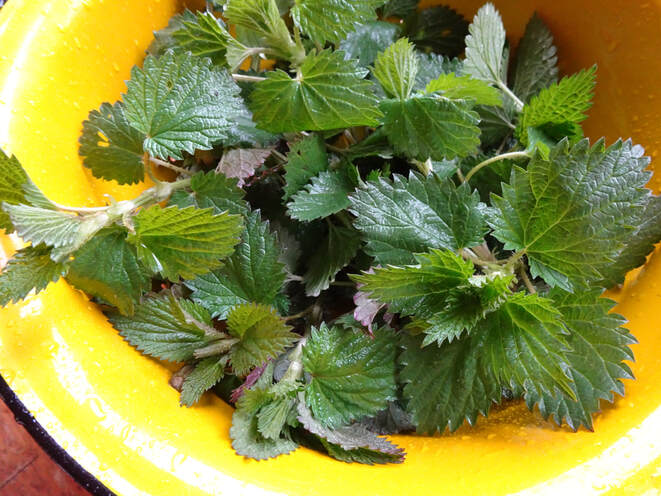
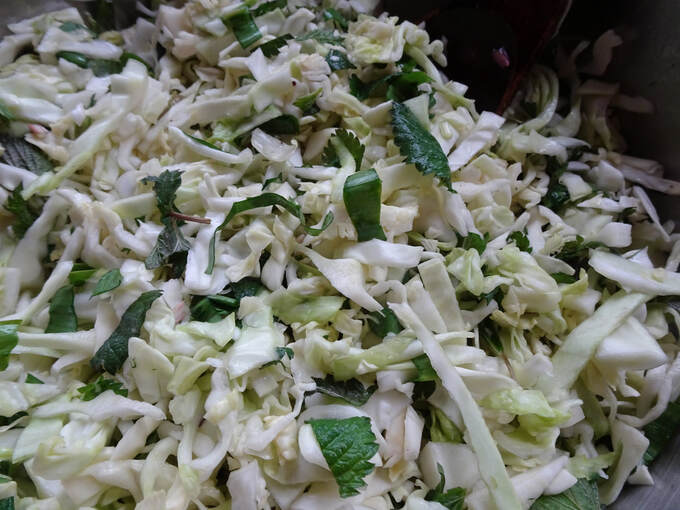
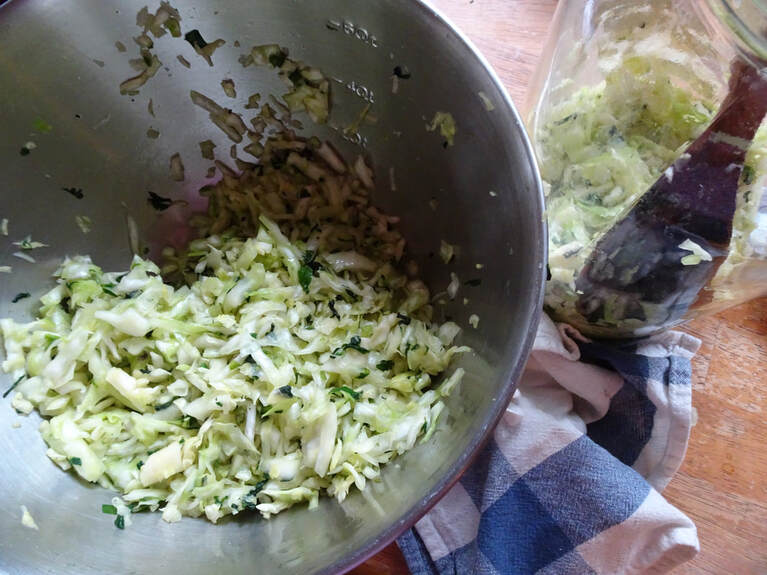
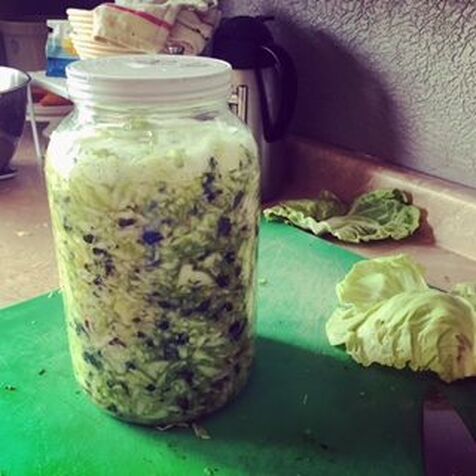

 RSS Feed
RSS Feed
